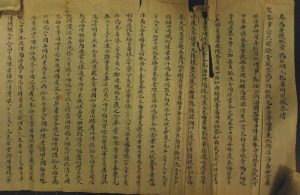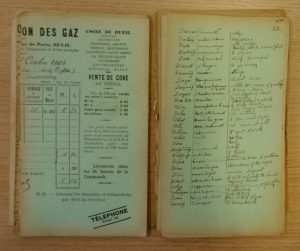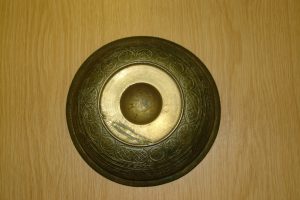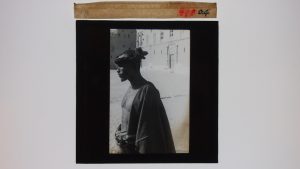Much achieved, much still to be done
There are very few blog posts now, that I will get chance to write before I leave the Society. Therefore, I thought I would take the opportunity to complete writing about the projects I have undertaken whilst being here. In previous blog posts I have written about the Personal Papers and the Institutional Records. However, one of the joys of working with a collection like the collection of the RAS is that there are many items which don’t naturally fit into either category. Those like this, that are of an archival nature, I categorised and listed as Special Collections. Some initially put in this section I found, after undertaking further research, I was able to identify and create into small collections of Personal Papers. However others I have catalogued as Special Collections:


- SC5: An Enquiry into the Order of Chapters of the Qur’ān
- SC6: Chinese-English Dictionary
- SC7: The Cities and Towns of China
- SC8: Introduction on the Elements of the Afghan language
More work needs to be done to sort and catalogue the remaining items in this section but I am sure that the new archivist will enjoy getting to grips with these items.
Objects
At one time the RAS had a museum. The early Donations Registers provide a fascinating insight into the wide variety of items presented to the Society. Most of the objects have now been disposed of elsewhere, mainly with institutions with space and facilities to care for them. Those remaining, I originally placed with Special Collections but have since created a separate list for them. No work has yet been done in further organising these items, other than those which have been found to be part of Personal Papers e.g. Richard Burton’s consular hat and walking cane, or part of the Institutional Records e.g. examples or casts for the Society’s medals. When the project is undertaken to get these fully identified and catalogued it will be a joint project with the Librarian as the objects will fit better within the library rather than the archive catalogue.

In fact, many projects have been joint ventures between Edward Weech and myself over the last few years. And that has been one of the many joys of working here. Many projects with interns and volunteers have also been supervised jointly, pooling our skills to enable more of the collections to be cared for. In this way we have seen progress with:
Photographs
A large project has been undertaken with the photographic collections involving several placement students and interns. This has enabled all the photographic collections to be housed in bespoke packaging and to be catalogued on to the Library Catalogue. Any further collections donated to the Society can now immediately be added.
Glass Slides
Sorting and cataloguing of the glass slides was interrupted by Covid-19 when our 2020 intern from Sussex University found her placement cut short. However eight Collections are now correctly housed and catalogued, and the remaining slides are correctly packaged but need identifying and cataloguing.

Slides
Most of the slides have been correctly packaged and listed, thanks mainly to the help of volunteers. There is also a large collection of 35 mm slides of the RAS Collections which are packaged but not listed. All slides still need cataloguing.
Artworks
A previous volunteer project has ensured that all artworks on display are correctly labelled and catalogued. Another volunteer was working through some of the artworks to see which are currently catalogued.
Maps
The card catalogue for the map collection has been transcribed to a spreadsheet by a volunteer. However, the maps are an area where work needs to be done both in their care and cataloguing. Some are badly in need of conservation.
Much has been achieved, much still needs to be done. I think that would be the comment of any employee working with heritage collections especially those looking to still actively take in new collections. Both the Manning Papers and the recent Graham Papers took up many months of work to organise and catalogue – ones that were not part of the Collections when I first arrived here. But that is the both the joy and the challenge – having such a varied collection to work with and deciding which project to undertake. And there is still plenty for the incoming archivist to work with and know the same satisfaction of seeing more collections cared for and made accesssible.
